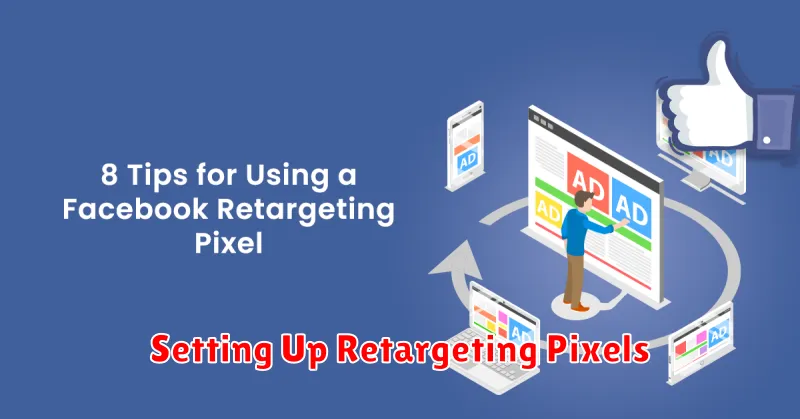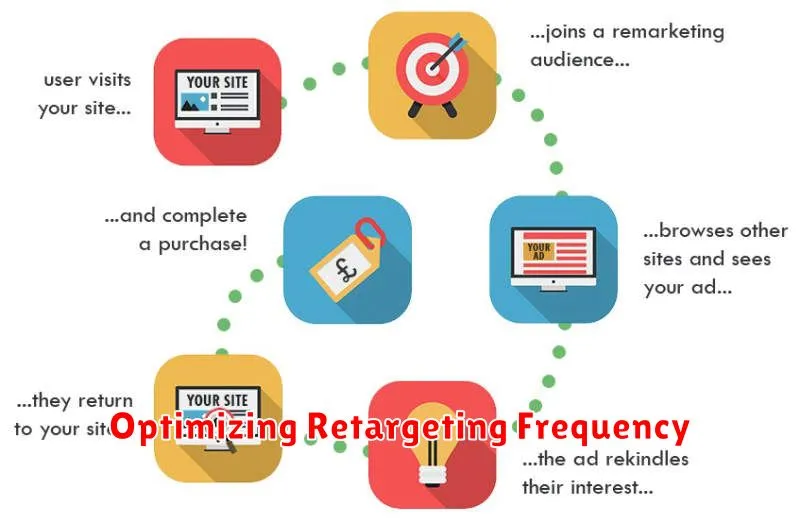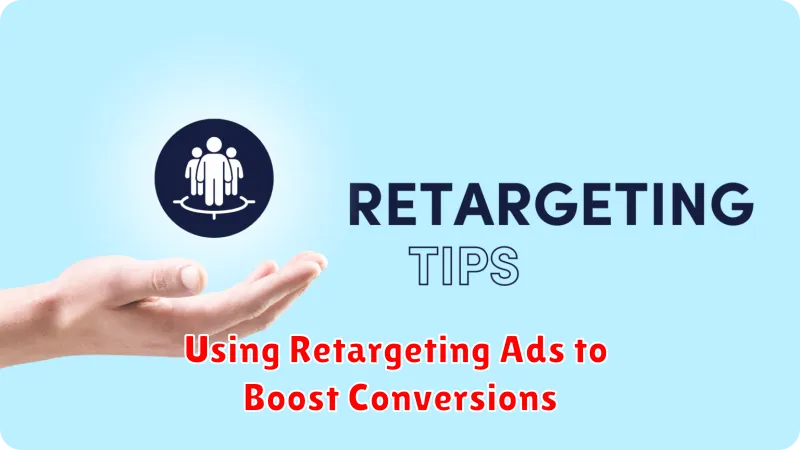Are you frustrated with website visitors who browse your products but don’t make a purchase? Do you want to boost conversions and maximize your return on ad spend? Retargeting ads are a powerful solution for re-engaging potential customers who have shown interest in your business. By strategically displaying targeted ads to these individuals, you can effectively remind them of your offerings and entice them back to complete a purchase. This article will delve into the strategies and best practices of using retargeting ads to recapture lost opportunities and significantly improve your conversion rates.
Retargeting, also known as remarketing, leverages website visitor data to create highly effective advertising campaigns. Unlike traditional display ads, retargeting ads focus specifically on individuals who have already interacted with your brand. This precision targeting allows you to deliver tailored messages that resonate with their previous browsing behavior, increasing the likelihood of a conversion. Discover how retargeting ads can transform your marketing efforts and contribute to substantial growth in your conversion rates and overall business success.
What Is Retargeting and How It Works
Retargeting, also known as remarketing, is a powerful advertising technique that allows you to reconnect with users who have previously interacted with your website or app. It works by displaying targeted ads to these individuals as they browse other sites across the internet.
The process begins when a user visits your website. A small piece of code, often a pixel or cookie, is placed on their browser. This cookie anonymously tracks their activity on your site, such as the pages they viewed or products they added to their cart. When they leave your site and visit other websites within the ad network, this cookie triggers the display of your retargeting ads, reminding them of their previous interest.
Retargeting campaigns can be incredibly effective because they focus on users who have already demonstrated an interest in your products or services. By re-engaging them with tailored messaging, you increase the likelihood of converting them into paying customers.
Setting Up Retargeting Pixels

Retargeting pixels are snippets of code that you place on your website. They track visitors’ activity, enabling you to serve them targeted ads later. Setting them up correctly is crucial for a successful retargeting campaign.
The first step is to generate your pixel within your chosen ad platform (e.g., Google Ads, Facebook Ads). Each platform has its own process, typically involving creating a new pixel and customizing its settings.
Once generated, you’ll need to implement the pixel code on your website. This usually involves adding the code to the header or footer of your site. If you’re using a content management system (CMS), there might be plugins or integrations that simplify this process.
After installation, verify the pixel is working correctly. Most platforms offer diagnostic tools to confirm that the pixel is firing and tracking data as expected. This ensures your retargeting campaigns will function optimally.
Segmenting Your Retargeting Audience
Segmentation is crucial for effective retargeting. By dividing your audience into smaller groups based on their behavior, you can tailor your ads for higher conversion rates. This prevents wasted ad spend and delivers more relevant messages.
Consider these segmentation strategies:
- Website Behavior: Target users based on specific pages they visited. Someone who viewed pricing is closer to converting than someone who only browsed your homepage.
- Shopping Cart Abandonment: Remind users about items left in their cart with targeted incentives like free shipping or discounts.
- Past Purchases: Encourage repeat purchases by suggesting related products or offering exclusive deals to existing customers.
- Engagement Level: Differentiate between frequent visitors and casual browsers. Tailor your message based on their level of interaction with your website.
By implementing these segmentation tactics, you can significantly improve the performance of your retargeting campaigns and achieve a higher return on investment.
Creating Compelling Ad Copy for Return Visitors
Retargeting ads offer a unique opportunity to speak directly to individuals who have already interacted with your brand. Relevance is key. Don’t simply repeat the same messaging used to attract first-time visitors.
Instead, tailor your ad copy to acknowledge their prior engagement. For example, if they viewed a specific product, remind them of its features and benefits. Offer a special incentive, such as a discount or free shipping, to encourage purchase.
Personalization can significantly improve click-through rates. If you have data on their past browsing behavior, use it to create highly targeted ads showcasing products or services they’ve shown interest in.
Create a sense of urgency. Limited-time offers or low-stock warnings can effectively nudge hesitant shoppers towards conversion. Clearly communicate the value proposition and remind them why they were initially interested in your brand.
Optimizing Retargeting Frequency

Finding the right retargeting frequency is crucial. Too much exposure can annoy potential customers, leading to ad fatigue and even brand resentment. Too little, and your message might not effectively stick.
Frequency capping is a key tool. It limits the number of times an individual sees your retargeting ads within a specific timeframe (e.g., daily, weekly). Start with a moderate frequency cap, such as 3-5 impressions per day, and then adjust based on performance.
Segmentation also plays a vital role. Different audience segments may require different frequency levels. For example, users who added items to their cart but didn’t purchase might benefit from a slightly higher frequency than users who simply browsed your website.
Monitor your click-through rates (CTR) and conversion rates closely. If CTR starts declining while impressions remain high, it’s a strong indicator of ad fatigue. Adjust your frequency cap downwards. Conversely, a low CTR combined with low impressions might suggest the need for increased frequency.
Regularly analyze and adjust your retargeting frequency strategy to maintain optimal performance and maximize your return on investment.
Measuring Retargeting Performance
Accurately measuring the performance of your retargeting campaigns is crucial for optimizing your return on investment. Key performance indicators (KPIs) provide valuable insights into how effectively your ads are re-engaging your target audience and driving conversions.
Some of the most important KPIs to track include click-through rate (CTR), which measures how often users click on your retargeting ads; conversion rate, which tracks the percentage of clicks that result in desired actions like purchases or sign-ups; and cost per conversion (CPA), which calculates the average cost of acquiring a conversion through your retargeting efforts.
Monitoring these metrics allows you to identify areas for improvement within your campaigns. For example, a low CTR might suggest the need for more compelling ad creatives, while a high CPA could indicate targeting issues or inefficient bidding strategies.
Avoiding Retargeting Fatigue
Retargeting fatigue occurs when users are shown the same ads too frequently, leading to annoyance and decreased engagement. Frequency capping is crucial. This limits the number of times a user sees your ad within a specific timeframe.
Segmentation plays a vital role. Divide your audience into smaller groups based on their engagement level. For instance, users who have recently interacted with your website may benefit from different messaging than those who haven’t visited in weeks. This allows you to tailor your ads and offers, making them more relevant and less repetitive.
Offer varied creative. Use different ad formats, visuals, and copy to keep your message fresh. A/B testing various creatives can help you identify what resonates best with each segment.
Consider implementing a burn pixel for users who convert. This removes them from your retargeting audience, preventing them from seeing ads for products they’ve already purchased.

